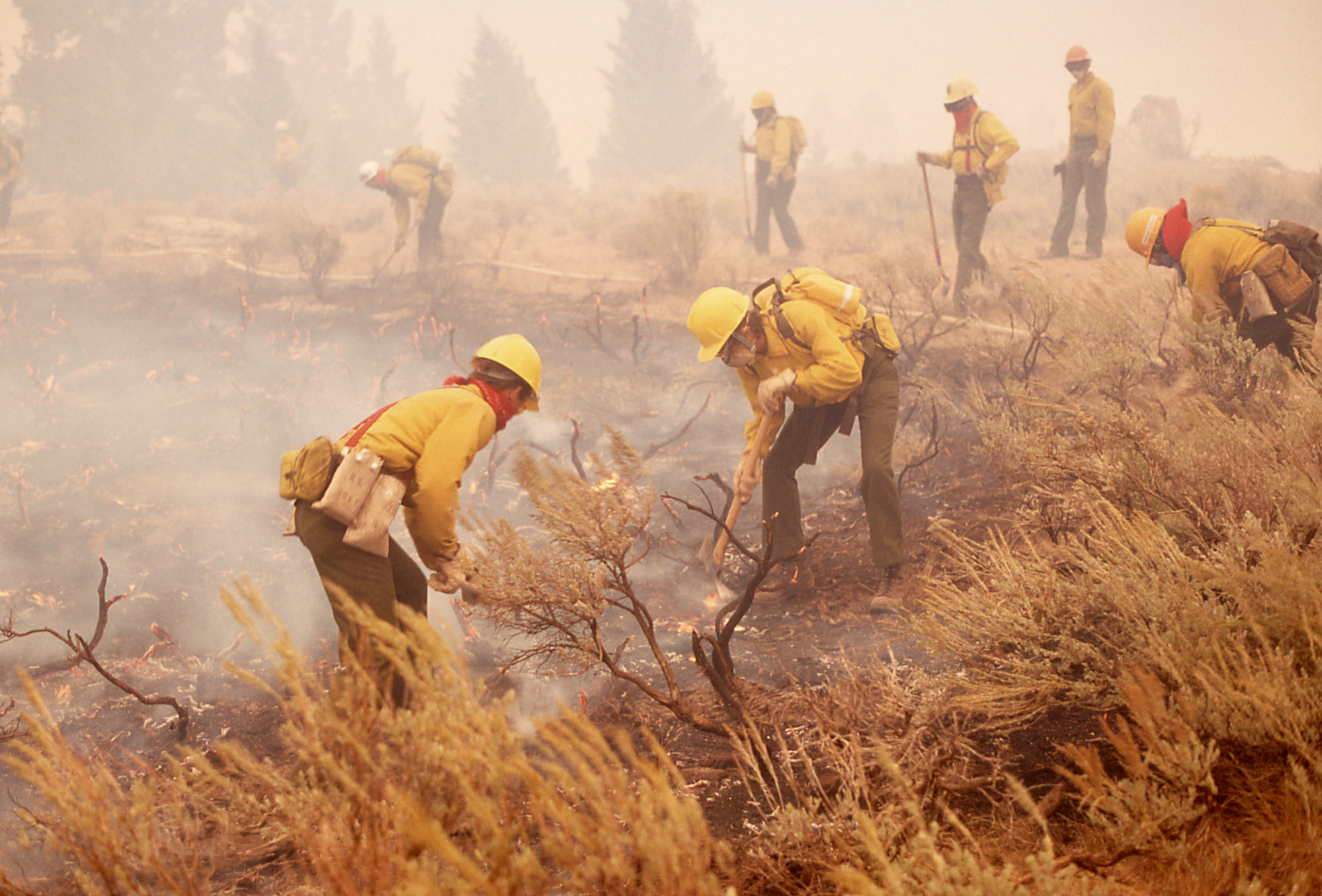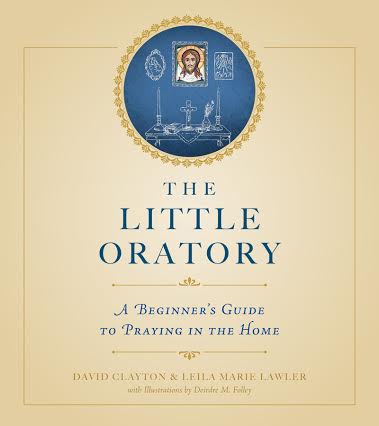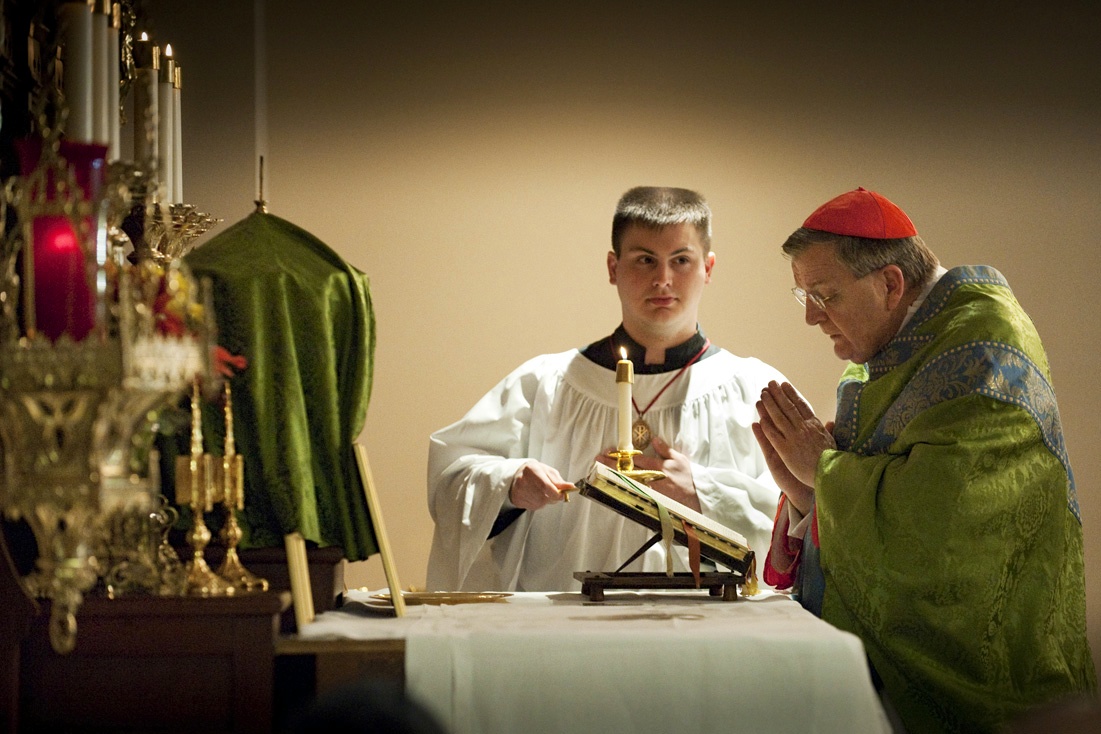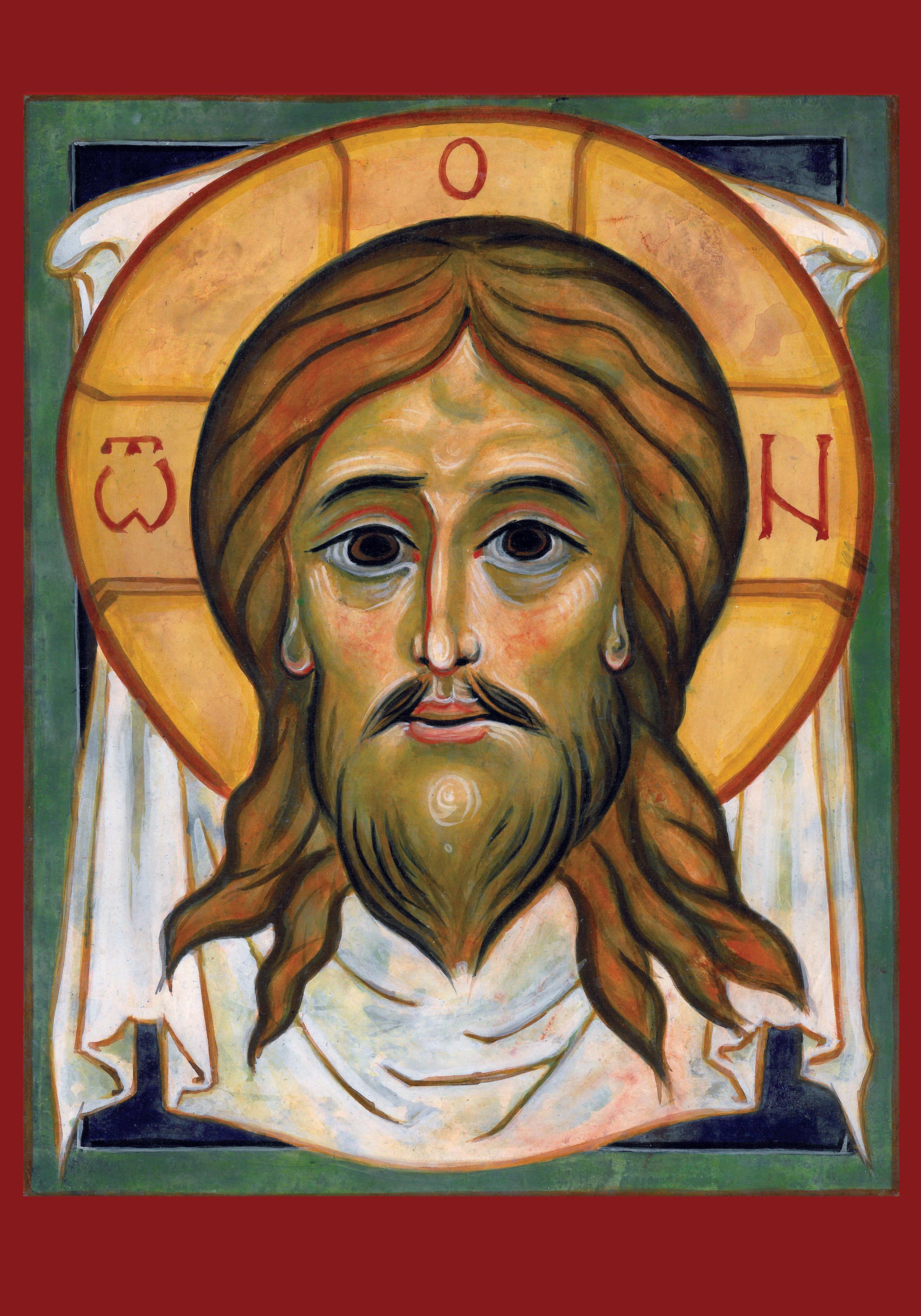 Modern research into how firefighters and nurses respond to a crisis supports the idea that a traditional education in beauty will develop our powers of intuitive decision making.
In a great series of recorded lectures entitled The Art of Critical Decision Making, former Harvard business school professor and current Trustee Professor of Management at Bryant University, Michael A Roberto discusses the importance of intuition in making decisions; and the factors that influence the reliability of our intuitive faculty. He illustrates his points with some striking real-life stories of people relying upon or ignoring intuition (sometimes with dire consequences); and backs up what he says with modern psychological research.
Modern research into how firefighters and nurses respond to a crisis supports the idea that a traditional education in beauty will develop our powers of intuitive decision making.
In a great series of recorded lectures entitled The Art of Critical Decision Making, former Harvard business school professor and current Trustee Professor of Management at Bryant University, Michael A Roberto discusses the importance of intuition in making decisions; and the factors that influence the reliability of our intuitive faculty. He illustrates his points with some striking real-life stories of people relying upon or ignoring intuition (sometimes with dire consequences); and backs up what he says with modern psychological research.
For example, he tells of a number of occasions when nurses in cardiac intensive care units predict that a patient is going to have a heart attack. This is despite the fact that the specialist doctors could see no problem and the standard ways of monitoring the patients' condition indicated nothing wrong either. When such nurses are asked why they think the situation is bad, they cannot answer. As a result their predictions were disregarded. As it turned out, very often and sadly for the people involved, the nurses were right. In order to protect patients in future people started to ask questions and do research on why the nurses could tell there was a problem. What was it they were reacting to, even if they couldn't say initially?
The most dramatic tale he related was of a crack team of firefighters who were specialists in dealing with forest and brush fires and would be helicoptered into any location within a large part of the West to deal with fires when they broke out. The leader of the group was respected firefighter who was a taciturn individual who lead by example. He was not a good natural communicator, but usually this did not matter. One day they responded to a call and went to a remote site in California. When they assessed the situation they discerned the pace of spread of the fire, the direction it was going and so worked out how to deal with it safely. These judgments were important because if they got it wrong the brush fire could move faster than any man could run and they would be in trouble. Initially things went as expected but then suddenly the leader stopped and told everybody to do as he was doing. He threw a match to the ground and burnt an area in the grass of several square yards and then put it out. He then lay down on the burnt patch and waited. When asked why, except to say that he thought they were in danger he was unable to answer - he couldn't articulate clearly the nature of the danger or why this would action help. As a result even though he was respected, his advice was ignored by the team. Suddenly the fire turned and ran straight at them, in the panic the reaction of even these firefighters, was to run. This was the wrong thing to do, as the fire caught them and tragically they died. The only survivor was the leader. He was lying in the already burnt patch that was surrounded by brush fire as it swept through the area, but was itself untouched by the advancing blaze as there was no grass to burn within it. He just waited until the surrounding area burnt itself out and then walked away.
In both cases, the practitioners were experienced people who got it right, but weren't believed by others because people were not inclined to listen to the intuition of others if it couldn't be supported by what they thought was a reasonable explanation.
Dr Roberto describes how research since suggests that it is the level of experience in situ that develops an intuitive sense that is accurate enough to be relied upon. What experience teaches is the ability to spot patterns of events. Through repeated observation they know that when certain events happen, they are usually related to others and in a particular way. Even in quite simple situations the different possible permutations of events would be quite complex to describe numerically and so scientific theorems may have difficulty predicting outcomes based upon them. However, the human mind is good at grasping the underlying pattern of any given situation at an intuitive level, and then can compare with what usually happens by consulting the storehouse of the memory of past events. In these situations described, of the fire and the cardiac unit, all the indicators usually referred to by the text books were within the range of what was considered safe. However, what the experienced nurse and firefighter spotted was a particular unusual combination that pointed to danger. This apprehension of truth was happening at some pre-conscious level and is not deduced step by step, hence their difficulties in articulating the detail of why they felt as they did.
While this ended in disaster at first, lessons were learnt. As a result of this, it was recognized that a good decision making processes ought to take into account at least, the intuition of experienced people. Prof Roberto described how hospitals and firefighters and others learning from them, have incorporated it into their critical decision making processes. This should be done with discernment - intuition is not infallible and the less experienced we are in a particular environment, the less reliable it is so this must be taken into account as well.
It also depends on the person. Some people develop that sense of intuition in particular situations faster than others because the intuitive faculty is more highly developed. This, in my opinion, is where the traditional education in beauty might help. In order to develop our sense of the beautiful, this education teaches us to recognize intuitively the natural patterns and interrelationships that exist in the cosmos. When we do so, we are more highly tuned to its beauty and if we were artists we could incorporate that into our work. For non-artistic pursuits we can still apply this principle of how things ought to be to make our activity beautiful and graceful. Also, we have a greater sense of the cause of lack of beauty, when something is missing and the pattern is incomplete or distorted. In these situations we can see how to rectify the situation. This is the part that would help the firefighter or nurse, I believe. The education I am describing will not replace the specialist experience that gave those nurses the edge, but by deeply impressing upon our souls the overall architecture of the natural order, it will develop the faculty to learn to spot the patterns in particular situations and allow them to develop their on-the-job intuition faster.
The greatest educator in beauty is the worship of God in the liturgy and especially when the liturgy of the hours harmonized with our worship of the Mass with the Eucharist at the center. When we pray well it should engage the whole person, body and soul, in such a way that we conform totally to that cosmic pattern. In our book, The Little Oratory, A Beginner's Guide to Prayer in the Home, I describe both the nature of that pattern and also how in the home we can even reinforce certain aspects of it in the formation of children. In God's plan that intuitive sense is developed to help us in ordering all our daily activities to his plan (which would include potentially firefighting and nursing and indeed most human activity). This development of intuition not only improves decisions made in a crisis, but also makes us more creative. I discuss the connection between intuition and creativity in a past article about creativity in science. Through this at work, in the home or in our worship, we can contribute to a more beautiful culture of living for everyone. This is the hoped for New Evangelization and John Paul II's 'new epiphany of beauty' that draws people to the Faith.












